The art of competitive diving is a mesmerizing blend of athleticism, precision, and grace. Among its many technical aspects, the entry—specifically how a diver's hands pierce the water—is one of the most critical. A flawless entry, often referred to as a "rip entry," leaves barely a ripple, while a flawed one can send disruptive splashes skyward. The difference between the two often comes down to the diver's ability to minimize the splash, or "water spray," upon entry. This subtle yet crucial detail separates the good from the great in the world of diving.
To the untrained eye, a diver's entry might seem like the simplest part of the dive. After all, how difficult can it be to slip into the water cleanly? Yet, the physics behind it is deceptively complex. When a diver’s hands hit the water at high speed, the impact creates a cavity, followed by an upward surge of water. The key to a near-splashless entry lies in controlling this reaction. Divers must position their hands perfectly—fingers tightly together, palms flat, and wrists locked—to slice through the water with minimal resistance. Even a slight deviation can lead to a messy, high-spray entry that costs valuable points in competition.
The grip and hand positioning are everything. Many elite divers spend countless hours drilling their hand placement, ensuring that their fingers don’t separate even slightly upon impact. The slightest gap between fingers can allow water to rush through, increasing the spray. Coaches often emphasize the "knife hands" technique, where the hands are held rigid, cutting through the water like a blade. This technique, combined with a streamlined body position, helps reduce the surface area that interacts with the water, minimizing disruption.
Another critical factor is the angle of entry. Divers aim to enter the water vertically, or as close to vertical as possible. A perfectly straight entry ensures that the cavity created by the hands collapses symmetrically, reducing the chance of splash. If the angle is off, even by a few degrees, the water is displaced unevenly, leading to a visible spray. This is why divers spend so much time perfecting their alignment in the air—every twist, tuck, or rotation must be calculated to ensure the body is in the optimal position for entry.
Timing is another element that cannot be overlooked. The moment the hands break the water’s surface, the diver must begin transitioning their body into a fully extended position. This requires split-second adjustments to avoid creating additional turbulence. The best divers make this look effortless, but it’s the result of relentless practice. They train their muscles to react instinctively, ensuring that every movement from the fingertips to the toes is synchronized for the cleanest possible entry.
Beyond technique, mental focus plays a huge role. The final moments of a dive—the approach, the entry—are where composure is tested. A diver must block out distractions, ignore the roar of the crowd, and execute with unwavering confidence. Even the slightest hesitation can disrupt the fluidity of the motion, leading to a less-than-perfect entry. This mental discipline is what separates champions from contenders, as the ability to perform under pressure is just as important as physical skill.
Interestingly, the science of water entry isn’t limited to diving. Engineers and physicists study similar principles when designing objects meant to penetrate water with minimal splash, such as naval vessels or underwater missiles. The same laws of fluid dynamics apply, making diving not just a sport but also a real-world application of physics. This crossover between athletics and science adds another layer of fascination to the sport, highlighting how deeply technique and theory are intertwined.
For spectators, the beauty of a perfect entry lies in its seeming simplicity. There’s an elegance to the way the diver disappears into the water with barely a sound, leaving only a fleeting impression. Yet, behind that effortless motion are years of training, meticulous attention to detail, and an unyielding pursuit of perfection. The next time you watch a diver execute a flawless rip entry, take a moment to appreciate the skill—and the science—that makes it possible.

By James Moore/May 9, 2025

By Christopher Harris/May 9, 2025
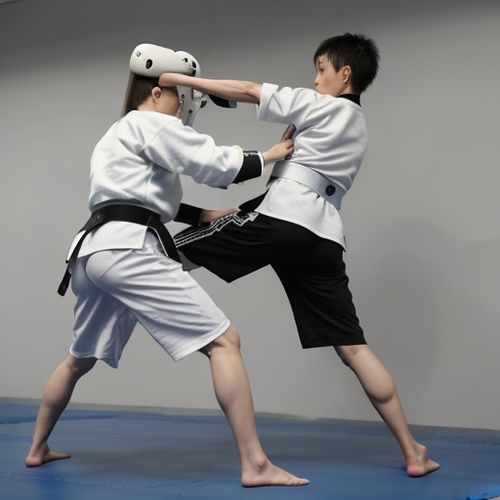
By Elizabeth Taylor/May 9, 2025
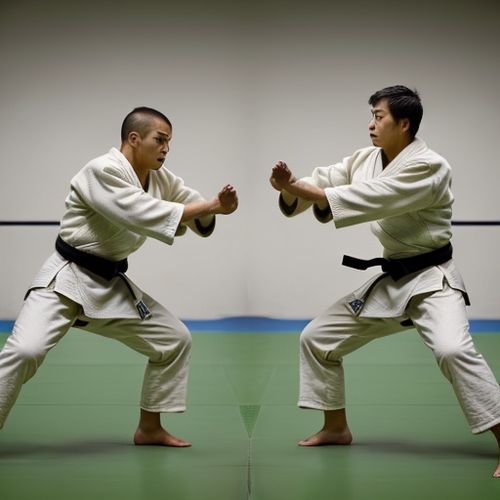
By Amanda Phillips/May 9, 2025

By Daniel Scott/May 9, 2025

By Laura Wilson/May 9, 2025

By Christopher Harris/May 9, 2025

By William Miller/May 9, 2025

By Jessica Lee/May 9, 2025
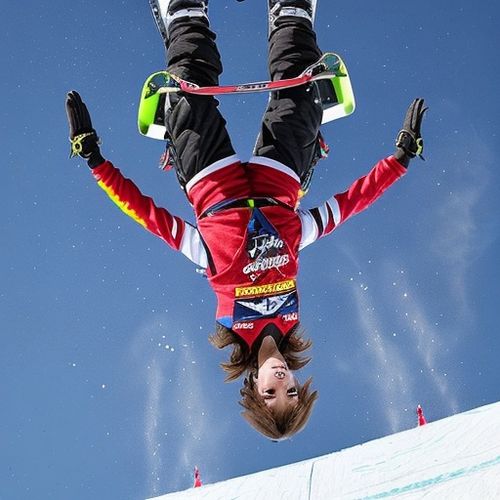
By Noah Bell/May 9, 2025
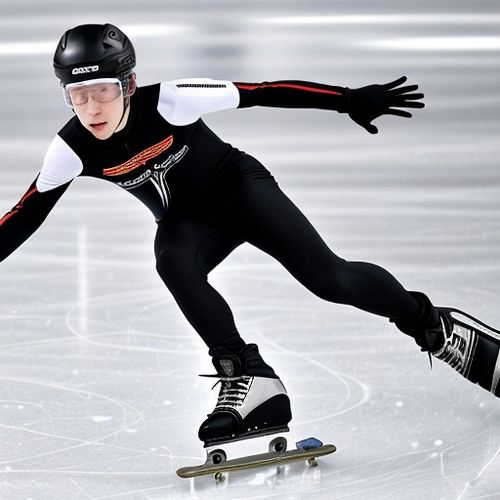
By Amanda Phillips/May 9, 2025
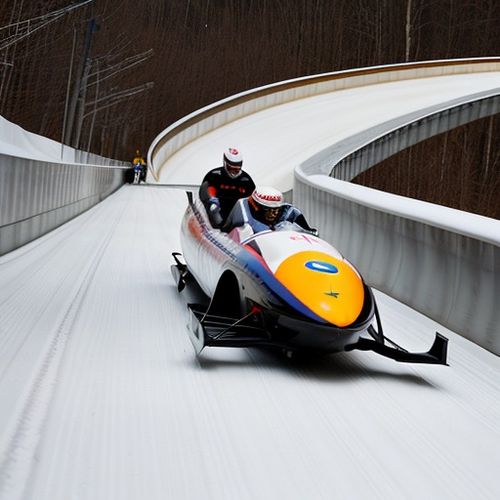
By Samuel Cooper/May 9, 2025
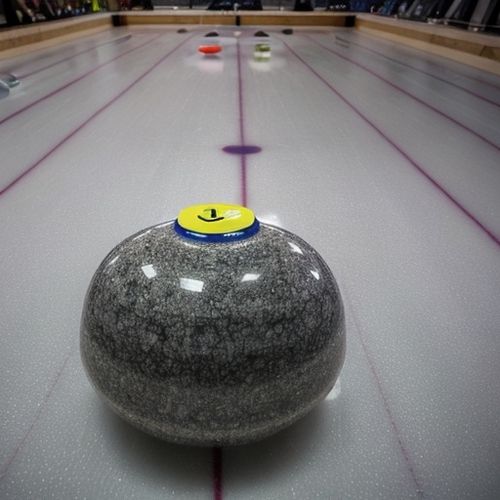
By William Miller/May 9, 2025

By Olivia Reed/May 9, 2025

By Natalie Campbell/May 9, 2025
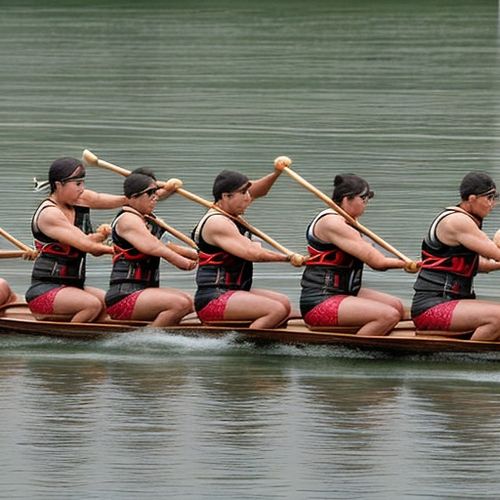
By Sophia Lewis/May 9, 2025
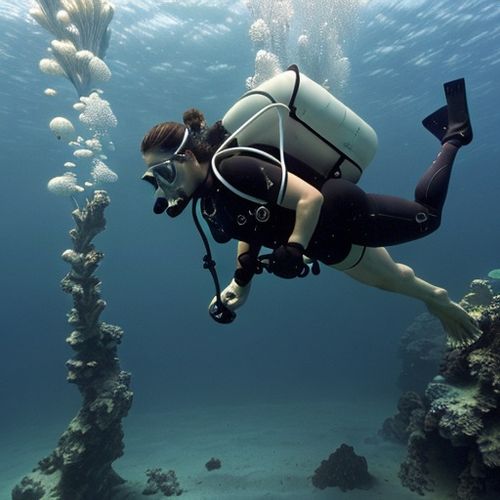
By Sarah Davis/May 9, 2025
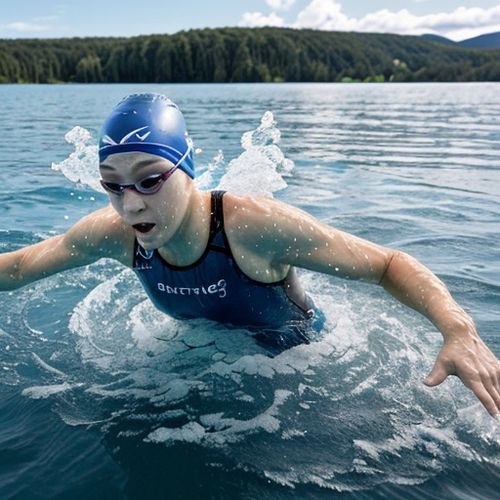
By Grace Cox/May 9, 2025

By John Smith/May 9, 2025
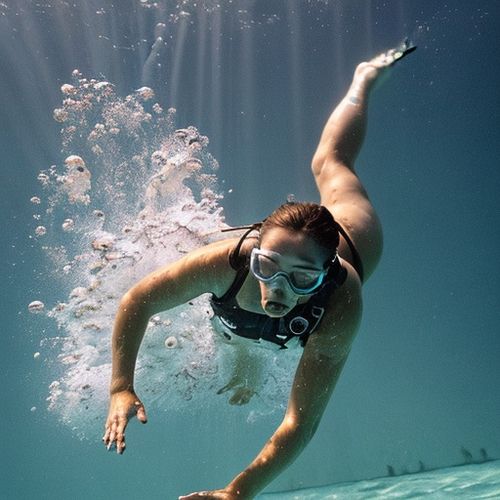
By Noah Bell/May 9, 2025